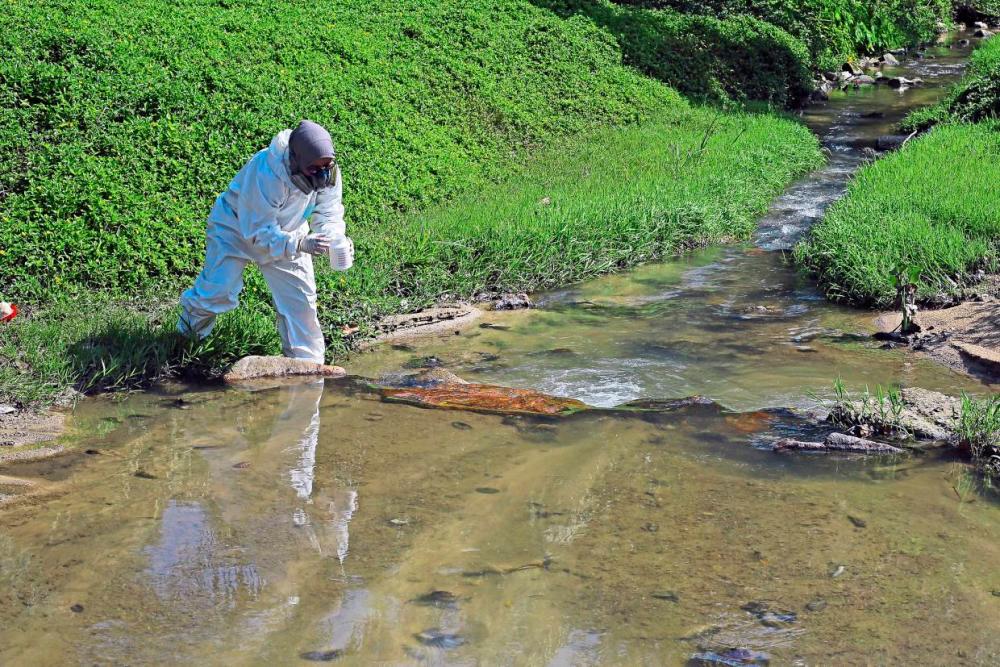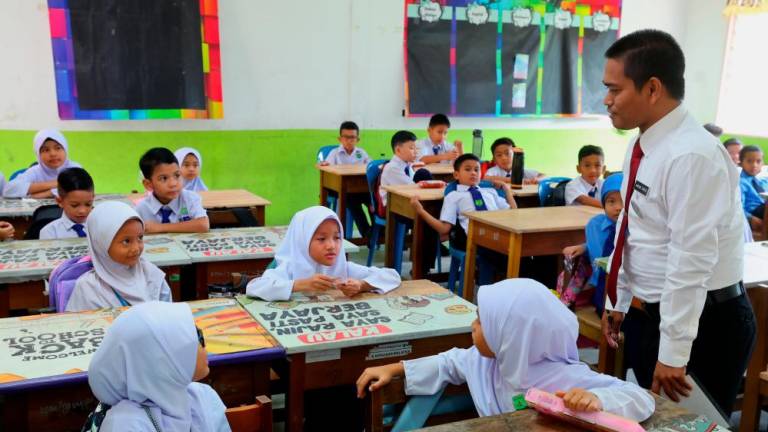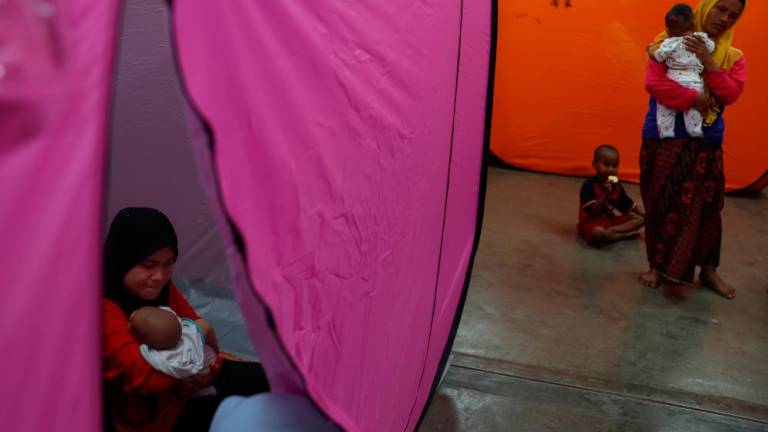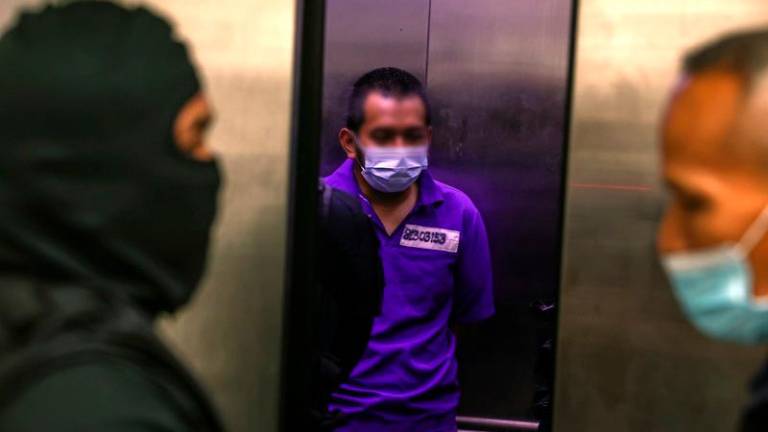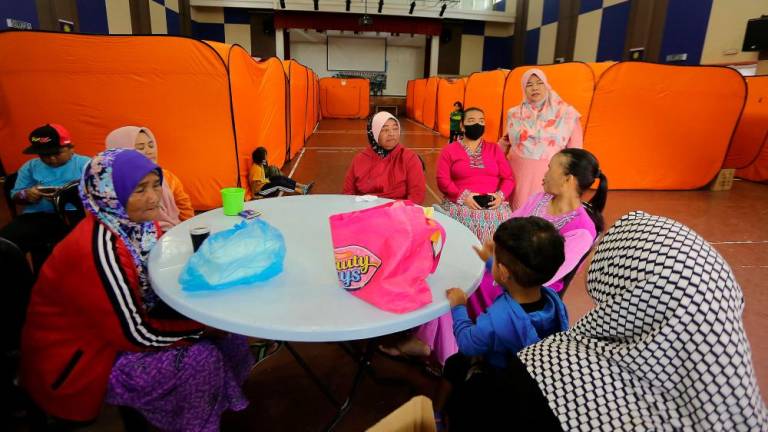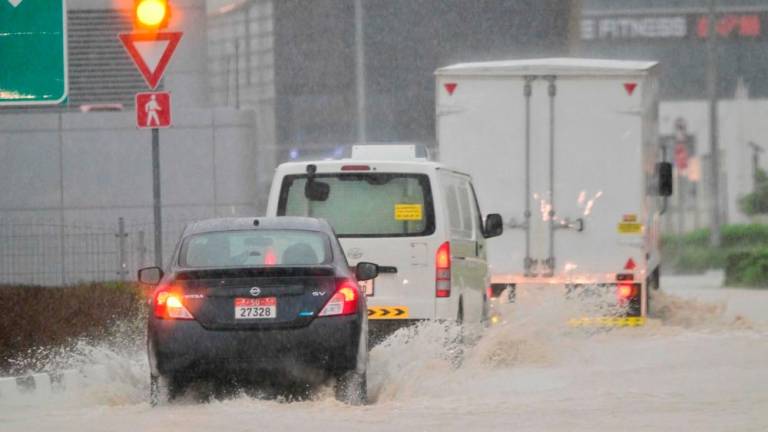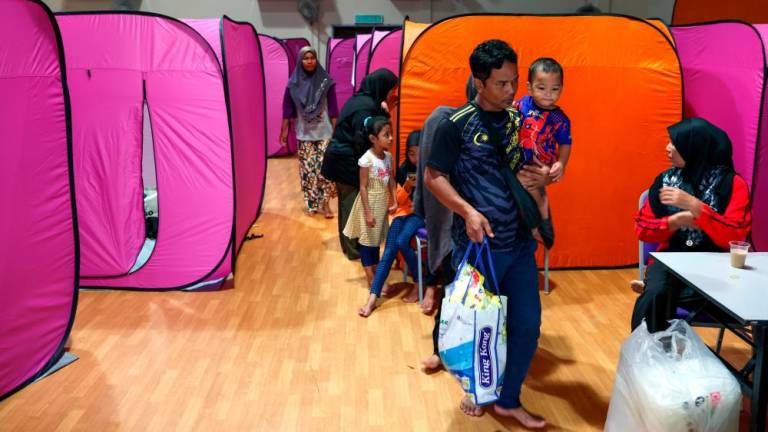THE Association of Water and Energy Research Malaysia (Awer) has prepared comments on the 12th Malaysia Plan (12MP). These comments are based on previous reports and suggestions published by Awer as well as information in 12MP, 11MP, 10MP and 9MP.
Sustainable & smart cities
Smart cities come with a lot of electronic gadgets which produce e-waste that must be included in the waste management planning. It is also equally important for the government to ensure energy efficient and environmentally friendly construction materials are utilised for sustainable and smart cities to optimise positive results. In designing sustainable cities, the planning must include “rebound” effect that may defeat the original sustainability criteria and outcome set. The deployment of separation at source, 3R (reduce, reuse and recycle) as well as waste to wealth approaches must be done coherently and against some of the exiting concession agreements and archaic waste management models to make sustainable city successful.
Urban biodiversity
The government needs to implement Awer’s proposal on creating midstream and downstream water catchment areas that will complement the plan to create urban biodiversity while optimising cost.
Conserving and preserving natural capital
Natural capital refers to our environment as a resource. It is an applaudable move when government commits to conserve and preserve the natural capital. However, how does monetising natural capital via mining, deforestation, logging, monocrop plantation contribute to 2030 Agenda for Sustainable Development to conserve and preserve the environment?
Contradictory statements within the 12MP do not augur well to reflect the actual government commitment when it comes to the environment. What are the detailed analyses, targets or limits set so that the people are clear on how much nature definitely will be destroyed in the coming decades?
Industry self-regulation is a fallacy
In late 2018, when the government was steering towards industry self-regulation, Awer objected to this move. This was also delivered to the minister in charge of environment in late 2018. After multiple pollution incidents, including the worst two-time Pasir Gudang pollution and the response from regulators, it is a clear example that businesses are profit-driven and self-regulation will not protect the environment. There should be clear sets of regulations and improved enforcement to protect the depleting natural capital and self-regulation must be ruled out.
Reduced dependency on natural resources
Government commitment to monetise natural capital and statement to reduce dependency on natural resources do not rhyme the commitment to protect natural capital. The commitment to maintain at least 50% forest cover has been repeated over time. The government must publish annual audited statistics to ensure the 50% forest cover claim has actual data to back it up.
Reduced incidents of pollution
This must be a strict key performance index (KPI) for the director-general and state directors of the Department of Environment (DOE) as well as both the minister and the secretary-general of ministry in charge of environment. The reporting and monitoring mechanisms must be improved to ensure there is transparency and accuracy in reporting pollution incidents.
A low-carbon nation and high toxicity dumpsite
It all started when the government announced its aim to reduce greenhouse gas (GHG) emission intensity to gross domestic product (GDP) a decade ago. A lopsided measurement (carbon emission reduction) gives serious consequences to the environment as there is only 29 years left to achieve net zero by 2050. Many new “climate-friendly” solutions and technologies are heavily dependent on activities like mining and use hazardous chemicals (which are scheduled waste) as part of the “climate-friendly” products. Thus, Malaysia must be mindful as not to migrate fully into a toxic world.
Awer somehow wonders why local and world leaders do not see this main issue that is already a rising problem worldwide. The rush to use the “carbon emission reduction” ruler will defeat the sustainability purpose propagated by the United Nations themselves. We are facing multipronged environmental challenges and climate change is just one of them.
Climate action via carbon tax and emission trading scheme
How will carbon tax make Malaysia more sustainable when our policies do not even target sustainability properly? The mismatch between what is written in Malaysia Plans and final outcomes at the end of these plans is always devastating. Carbon tax will only be a “drug-like” approach and avoid actual economy of scale and cost efficiency to be reached. This also will cause unnecessary overall cost escalation during a transition period.
Furthermore, approaches such as emission trading schemes must be abandoned as it is similar to a third party being accused of a murder while the murderer is still continuing with the killing. It brings no technical and environmental benefit to our country. The environmental benefit will be reported under the polluting country or entity. This will only allow those who refuse to implement transition to net zero to remain in business-as-usual mode.
The government needs to have policies and instruments to shift our businesses to more sustainable operations. The government must also protect our businesses so that products from Malaysia do not face trade barriers using environmental parameters like what happened to our palm oil sector. There are many instances the policies do not move our industries to be value added sectors that gives more revenue to the nation.
Circular economy without strong data
Circular economy can only be successfully implemented via strong data, science and planning. Current linear consumption model needs cyclic adaptation to make our businesses and daily life more sustainable.
Life Cycle Assessment (LCA) is an important tool to achieve the shift. Backed with strong LCA data, we use step by step approach to develop “gate to gate” approaches that can be merged to form a “cradle to grave” approach which can be further analysed to reach the “cradle to cradle” approach that is known as circular economy now. Processes must be evaluated to find the most cost effective and sustainable solution in a parallel process.
Eventually, we will be able to achieve Design for Environment, assembly and disassembly using same process, improved yield of recycling and recovery process.
Extended producers’ responsibility and formation of new regulation on household electrical and electronic waste
Awer welcomes these steps as we have suggested them to the government multiple times. Based on our study on phasing-out non-energy efficient products in 2011, we found out the risk of spike in electrical and electronic waste during a structured phase-out process.
We also welcome the adoption of the take-back policy. Awer has suggested a comprehensive take-back policy in our report (that was given to all relevant ministries and government agencies) that also looks into cost-sharing mechanism that we have proposed based in our consultation process with various stakeholders.
Monitoring and enforcement are the main keys to make this successful and can be duplicated to manage other waste streams.
Pollution prevention
Awer welcomes the commitment to amend the Environment Quality Act in 12MP as this has been repeatedly mentioned in the past decade. We are hoping for a holistic and quick amendment process to ensure better enforcement and accounting actual cost of a pollution incident. Awer has already submitted the required amendments and suggestions.
We also welcome the commitment by the government to our call to review the effectiveness of Environmental Impact Assessment and adding new prescribed activities. This review must include mandatory transition processes for existing industries as well.
Our call to create a closed loop system to monitor movements of chemicals and hazardous materials was also accepted in the 12MP. We will closely monitor the progress to ensure it brings more value in protecting our natural capital, economy and the people.
Resilience against climate change
We welcome the government’s move to start implementing the evidence-based approach to mitigate climate impacts. These impacts are affecting our rainfall pattern and cause prolonged dry season, flash flood, flood, freak weather and landslides that have impact on the natural ecosystem and the way we do business. This also causes infrastructure damage and potential loss to life while impacting water and energy security in Malaysia.
Awer has suggested multiple times the need to plot the rate of change in our weather pattern to develop a new modelling of raw water availability which is already facing risk due to reduction in water catchment areas.
Conserving and preserving natural ecosystem
Government should back up the “minimum 50% forest cover” statement immediately. There should be annual reports published to indicate all types of reserve forest including, but not limited to, water catchment areas, permanent reserve forest, wetlands, swamps as well as forest reserves with extraction activities. Through this, transparent data on actual forest cover can be monitored compared to confusing statements between federal and state governments despite increase in one-way degazzeting attempts.
Sustainable mining is a green scam
When we mine minerals or extract hydrocarbon from earth’s surface, we cannot return the area to its original state. Furthermore, coming up with “sustainable mining rating” does not make mining sustainable. Minerals mined may bring income in the short term but do not guarantee any economic benefit in the long run.
Who will decontaminate the mining sites and at what cost? Will they be just filled with soil and converted into property development like what happens to many disused tin mining pools now? More importantly, how does this qualify as protecting natural capital?
Strengthening water resource governance
State water resource authorities, Department of Environment (DOE), Department of Irrigation and Drainage, Suruhanjaya Perkhidmatan Air Negara and Ministry of Health need to play a vital role in being check and balance for our water resource governance. Integrated Water Resource Management (IWRM) is a loose connection and government must make sure allocations are not wasted on publicity stunts.
Affirmative action related to enforcement, monitoring, early detection, higher penalty, blacklisting bad businesses and their respective directors as well as legislation backed moves will yield better and uniform results compared to IWRM.
Integrated wastewater treatment plants
Awer has been suggesting this move for many years. This is an important move to reduce the wastewater treatment cost and complying with higher wastewater discharge standard. Mapping of existing industrial zones and type of industries is a must to make this move successful for existing industrial zones. This is what the government must put efforts into improving wastewater management and increase the quality of raw water in our rivers.
Based on the 12MP statement, this focus (integrated wastewater treatment plants) is only for new developments. For new industrial zones, we can develop “symbiotic” industrial relationship towards zero waste targets which is a more comprehensive approach that suits new developments. We urge the federal government to implement our suggestion to create better outputs.
Pollution loading
It is important for the DOE to move towards pollution loading based wastewater discharge standard that we have been pushing for many years now. The proposed Total Maximum Daily Load (TMDL) study must have an affirmative outcome to improve our wastewater discharge standard by 2025. Similarly, other existing TMDL studies within other government agencies and institutions of higher learning must be compiled first to prevent repetitive study or area. In addition to that, emerging point source pollutants can be tackled via improved legislation as well.
The government must also increase monitoring and records of non-point source pollution that originate from development activities, mining, agriculture and plantation which is absent at the moment.
Strengthening local authorities
This is similar to Awer’s call as most local authorities are trained in non-environment related enforcement. Getting local authorities to assist federal and state agencies will be a key to protecting our environment and prevent pollution incidents. We have already submitted some suggestions to the government on the type of assistance local authorities can give to improve environmental enforcement.
Amanah Lestari Alam versus Yayasan Hijau
Redundancy is a policy and implementation nightmare. The government should utilise Malaysian Green Technology and Climate Change Centre (MGTC) compared to finding innovative methods to waste taxpayers’ money by forming redundant new entities. Redundant agencies will contribute to a bloated civil service as well as more division and turf fight between agencies. Therefore, we urge the government to close Yayasan Hijau and not to form Amanah Lestari Alam. Centralise and optimise MGTC so that we have better coordinated implementations.
This article was contributed by Piarapakaran S, president of the Association of Water and Energy Research Malaysia (Awer), a non-government organisation involved in research and development in the fields of water, energy and environment.



